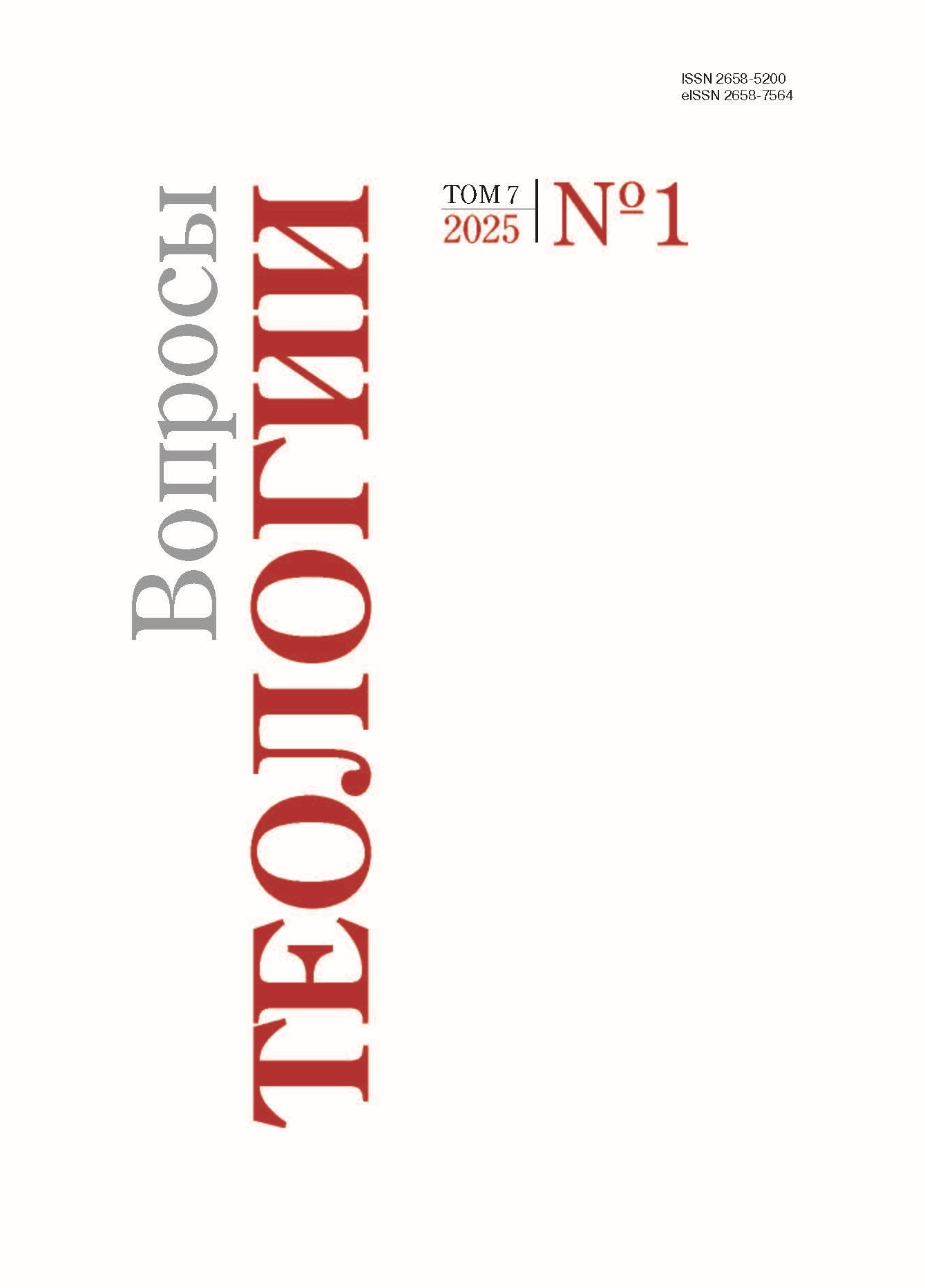О неведомом
DOI:
https://doi.org/10.21638/spbu28.2025.103Аннотация
Пророчество Исайи парадоксально тем, что слушатели его не поймут — и из-за невежества пострадают — потому, что им понять не дано. Этот парадокс отражается и в Евангелии от Марка, в Новом Завете. Однако парадокс еще усиливается ввиду многократных утверждений иных библейских текстов, что именно Израиль знает истину, в отличие от других народов. Знание представляется при этом как сильный процесс, охватывающий всю личность и суть человека. Книги Иова и Ионы трактуются как трагикомедии о незнании или невежестве. Все пророки Израиля намекают, что мы не в состоянии знать то, что знает Господь Бог, поскольку Он понимает все Свое творение, в частности, животных, в недоступном нам ключе. Далее автор, привлекая понятия тайны и неизведанного, рассматривает «Тайное Евангелие от Марка»: издатель текста и его разъяренные критики, одинаково ослепленные каждый своими предрассудками, не смогли понять ни суть текста, ни социальный контекст его. Автор выдвигает в качестве источников повествования в «Тайном Евангелии от Марка» рассказы о пророках Илии и Елисее и приводит параллельный по содержанию хасидский текст XVIII века. Предрассудки, как известно, вредны, но люди с ними расставаться не хотят. В результате автор делает вывод, что выход из отчаянного положения (не)знания, ведущего к скорби, парадоксальным образом заключается в возвращении к Неведомому — к Божественному началу всего ведения.
Ключевые слова:
Александр Пушкин, Исайя, Второзаконие, Псалтырь, Марк, Иов, Иона, бели-да’ат (др.-евр. «невежество»), Илья, Елисей, Гарольд Блум, Мортон Смит, Егишэ Чаренц, Хорхе Луис Борхес, «Тайное Евангелие от Марка», животные, хасидизм, Николай Гумилев, Надежда Мандельштам, Осип Мандельштам, отец Павел Флоренский
Скачивания
Библиографические ссылки
References
Загрузки
Опубликован
Выпуск
Раздел
Лицензия
Статьи журнала «Вопросы теологии» находятся в открытом доступе и распространяются в соответствии с условиями Лицензионного Договора с Санкт-Петербургским государственным университетом, который бесплатно предоставляет авторам неограниченное распространение и самостоятельное архивирование.




